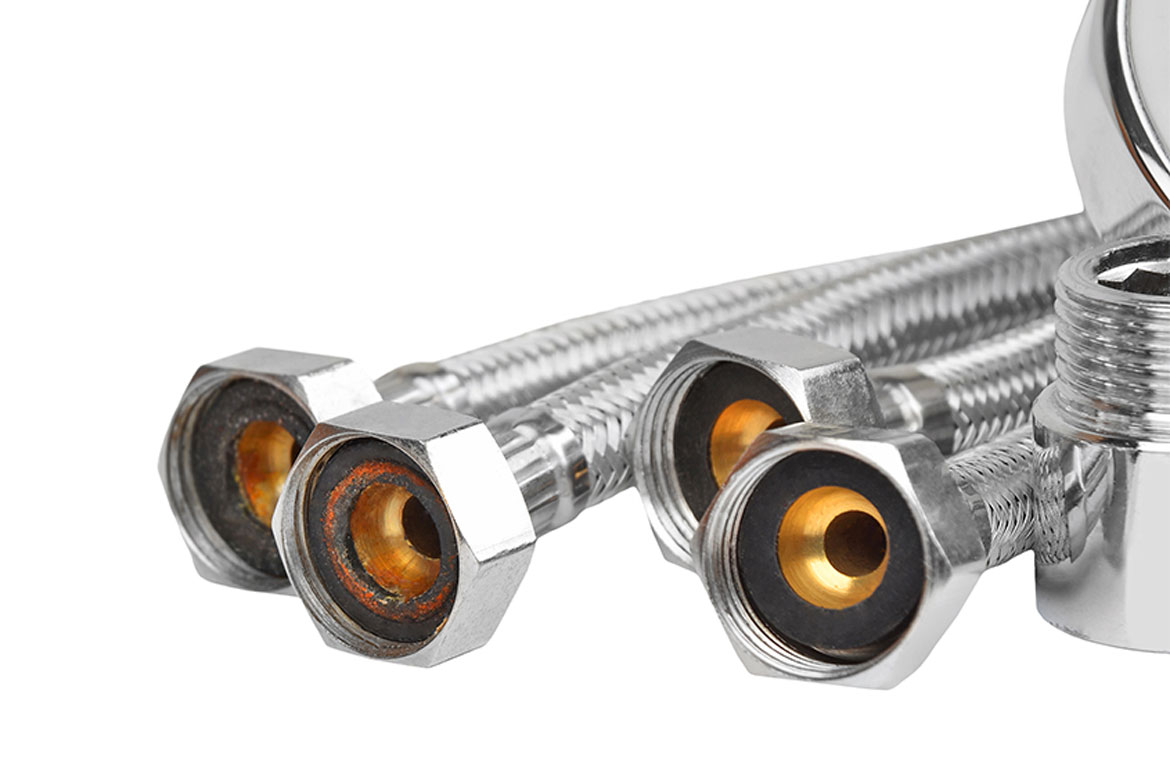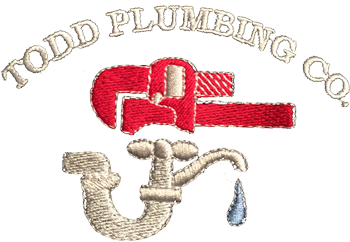Leak Detection & Repair
At Todd Plumbing Co., we want to be sure that you understand what to look for as far as leak detection goes. Of course, any time you suspect a leak, it’s best to call the plumbing professionals, but what if you don’t know what to look for in the first place? The following are some signs that you should contact us for leak repair.
- Bubbles, Blisters, and Cracks – These attributes are not normal for your walls, whether you have wallpaper, stain, or paint. Often, this means that water is collecting from the back, putting pressure on the wall.
- Increased Water Bill – If you haven’t made any drastic changes to the water you use in a month, but the water bill continues to rise, there is more than likely a hidden leak.
- Mold and Mildew – This is perfectly normal if it is in the deep corners of your shower and is easy to clean up. However, if the mold and mildew are around the edges of the room where the walls meet the ceiling, or anywhere on walls and ceilings, there could be moisture (a leaky pipe) behind that area.
- Musty Smells – When a pipe is broken, there will often be hidden mold. Fortunately, this creates a musty smell that helps in leak detection.
- Stains and Sags – A ceiling shouldn’t become stained or saggy on its own. If it is, and in particular on the ceiling directly below a room with plumbing, there is more than likely a leak. Leak repair may include more than just the ceiling, as the water is probably running down behind the walls as well.
- Wet Floors – One obvious sign of a leaky pipe is if the floor is wet. Regular use of the shower will create some water, but if there is any pooling beyond that, it should be looked at more in depth.

How to Prevent a Leak
There is nothing worse than discovering a leak that has gone unnoticed for quite a while. Thankfully, many leaks can be prevented with a few simple steps. First, you want to check your water pressure. When pressure is too high, it can put unnecessary stress on your joints and valves. Purchase a hose bib gauge from your local hardware store. Attach to your pipe, sink, or other fixture and measure the pressure. A normal reading should be between 40 and 85 psi. By keeping the pressure within the normal range, you can prevent leaks from forming. Additionally, a general inspection under sinks and where plumbing connections are located can help you identify a small leak before it becomes a big problem.
Slab Leak Detection
Even the slightest bit of water in your home can cause serious plumbing issues. A slab leak is a potential leak that requires immediate professional attention. A slab leak occurs when a water supply pipe or drainage pipe underneath the concrete slab of your home breaks, cracks, or bursts. These holes are not from the slab itself, but rather the pipes encased in or underneath the concrete slab. Due to the concrete, locating the source of the leak is a challenging task.
Tracking a leak starts with you, though. Be proactive. If you hear the sound of water running without any faucets turned on, chances are you have a leak. A spinning water meter, cracks in the walls, mildew, or the smell of sewage are often telltale signs of a slab leak, too. Listen and watch for these symptoms. Doing so may save you a lot of time and money.
Contacting the Professionals
Whether you’re certain you need leak repair, or want another opinion, contact Southeastern Ohio’s professionals for leak detection at Todd Plumbing Co. Just fill out our online form or give us a call today at (740) 453-2081.

